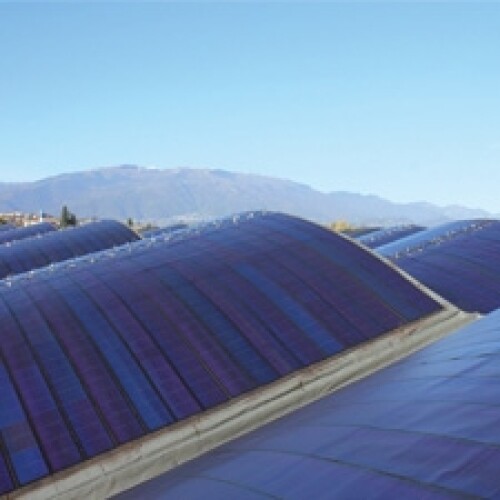Supports and structures for PV systems
Structures for photovoltaic systems: the foundation of an efficient solar system
Structures for photovoltaic systems are a crucial element in ensuring the efficiency, durability, and safety of solar installations. These structures support the solar panels, allowing them to capture the maximum amount of solar energy while withstanding adverse environmental conditions.
In this article, we will explore the different types of structures for photovoltaic systems, the materials used, the benefits they offer, and key considerations for selecting and installing them.
Page: 1 di 1
Types of structures for photovoltaic systems
- Ground-mounted structures: These structures are installed directly on the ground and are particularly useful for large-scale solar plants, such as those used in solar farms. Ground-mounted structures can be fixed or equipped with tracking systems that follow the sun’s movement to maximize energy production.
- Roof-mounted structures: Ideal for residential and commercial installations, these structures are mounted on building rooftops. They can be tilted or flat, depending on the roof type. Roof-mounted structures must be designed to withstand wind and snow loads while ensuring adequate ventilation to prevent panel overheating.
- Integrated structures: In this case, solar panels are directly integrated into building surfaces, such as facades or roofing. These structures not only generate energy but can also serve as architectural elements, enhancing the building’s aesthetics.
- Floating structures: Installed on bodies of water such as lakes or reservoirs, these structures offer an innovative alternative to traditional installations. Floating solar panels help reduce water evaporation and improve panel efficiency due to the cooling effect of water.
Materials used in photovoltaic structures
- Aluminum: Lightweight, corrosion-resistant, and easy to work with, aluminum is one of the most common materials for photovoltaic structures. Its lightness makes it ideal for rooftop installations.
- Galvanized steel: Known for its strength and durability, galvanized steel is often chosen for ground-mounted structures. The galvanization process provides protection against corrosion, increasing the longevity of the structures.
- Stainless steel: Highly resistant to corrosion and rust, stainless steel is ideal for installations in particularly harsh environments, such as coastal areas.
- Glass-reinforced plastic (GRP): This material is used for lightweight, corrosion-resistant structures. While less common than aluminum and steel, it offers advantages in electrical insulation and chemical resistance.










